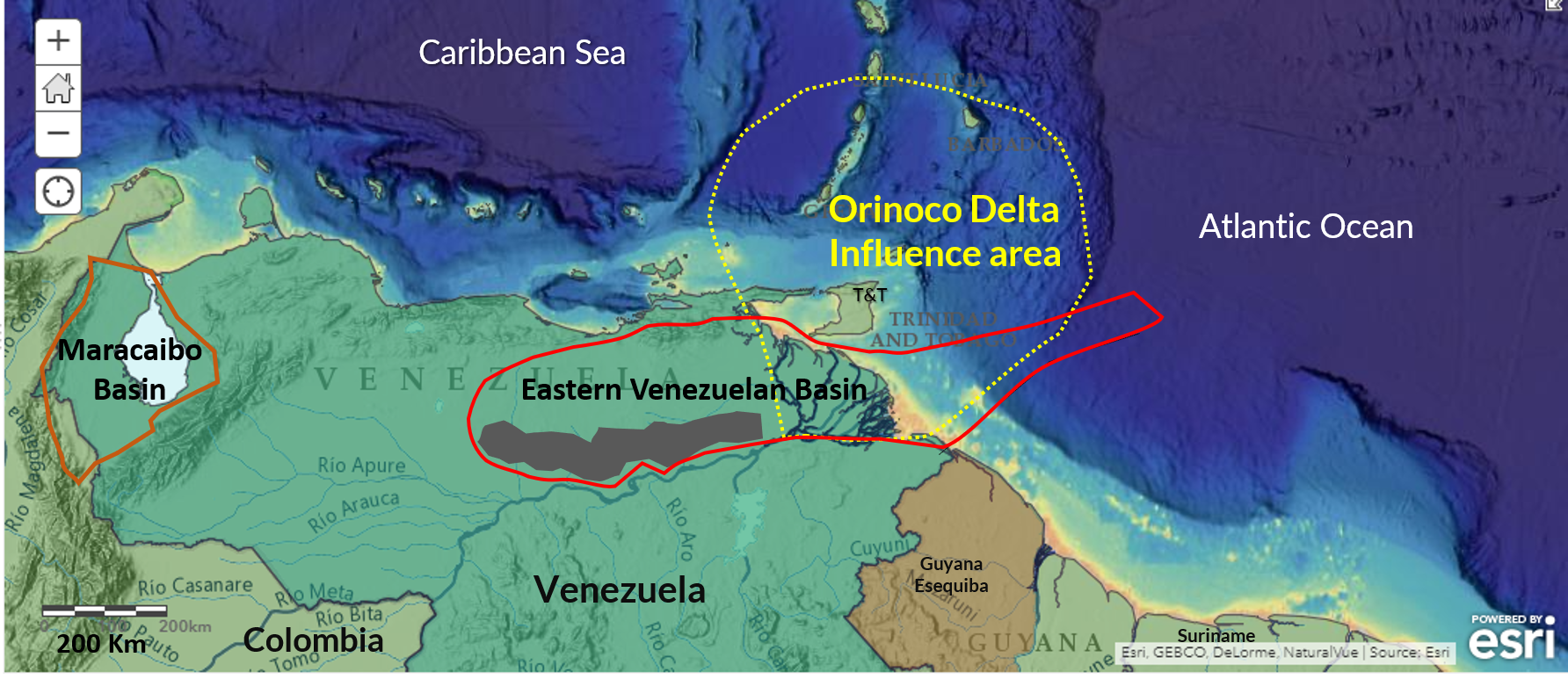In U3 Explore Virtual Round Table events of summer-fall of 2020 we have analyzed some common methods and case studies in which exploration practices contribute to value creation in the E&P organizations.
Our first seminar considered the ways in which the analysis of publicly-available basin discovery statistics maybe prone to bias, considering the differing outcomes of a completely objective numerical analysis versus the application of geological insights into the basin and/or play history in evaluating the results of a drilled-out exploration portfolio compared to pre-drill predictions.
In our second seminar, we addressed how an understanding of exploration statistics, the “creaming curve”, may be applied to adjacent basins with different exploration and development histories, one - the East Venezuela Basin (EVB) - very successful, and the other - the Guyana Basin- with a significant number of unsuccessful wells until a breakthrough with a new play.
Our seminar series continues with discussion of mature basins with emphasis on an assessment of the remaining potential of the producing properties and exploration upside. For the case-study, multiple producing plays of the NE margin of South America in Maracaibo basin and EVB have been analyzed. Most of the plays have sizable remaining resources, sit in rather complex tectonic and stratigraphic settings and have significant remaining potential as ~75% of the basin area has not been assessed or explored using modern methods.
The EVB and Maracaibo Basin in Venezuela are super-giant petroleum basins with a prolific Upper Cretaceous petroleum system that hosts discovered accumulations in excess of 90 billion BOE (not counting the Orinoco Tar Belt area - Faja) in a complex array of Tertiary foredeeps on the extensive Mesozoic passive margin. In this context, new and underexplored plays exist in both basins. Indeed, the geologic boundary of the EVB to the SE has to be established and it may be contiguous with the Guyana/Suriname basin, suggesting that the list of potential plays in EVB may include those hosting recent discoveries in in that basin. The Maracaibo basin also holds underexplored plays in undeveloped and mature areas.
Venezuela ranks first in yet-to-be-exploited national oil reserves (OPEC 2020), yet a combination of wide spread mismanagement of the oil and gas industry, geopolitical and security risks, theCOVID19 pandemic, and US OFAC sanctions have brought the once burgeoning Venezuelan oil and gas industry to state of hiatus. Looking forward, reactivation of the Oil and Gas sector will be essential to the country's economic recovery, and in this context a thorough understanding of the economics of potential opportunities will be an important driver in attracting private investment. The assessment of proven and yet-to-find resource volumes that will underpin that investment must be based on sound geologic understanding supported by regional and basin analyses and technical assessments that provide insight at both regional and local scale.
It is an understatement to say that it is a challenge to create accurate and consistent discovery curves that reflect over one hundred years of Exploration and Production history in the region. There must be a consistent understanding of basin and play styles, basin and field boundaries, and production records to assemble meaningful statistical datasets that reflect basin history and remaining potential. The Maracaibo Basin for example was one of the earliest basins to be exploited on a truly industrial scale by many competing international enterprises, exploring and producing multiple plays simultaneously, with little effort to preserve consistent data records or share information. Thus, the actual volumes in place of several giant stratigraphic traps (the “Wedged Miocene” of the Bolivar Coastal Field, for example) was only established a significant time after production began, as no individual discoveries could possibly indicate the actual size and complexity of the accumulations. Further complications arise from the fact that significant growth in the reserves in the region arose not only from exploration but also from utilization of innovative technologies and reservoir management.
As noted above, understanding this long history of exploration and reserves growth is key to understanding business opportunities in the basin, where most fields are multi-pool and multi-play. To facilitate this, rather than using a creaming curve reflecting discoveries, a dataset of estimated 2P reserves has been compiled. This dataset reflects the exploration history of the region, evolution of play concepts and methods applied in exploration and production activities in EVB and Maracaibo basins from the early 1920’s to the early 2000’s.

